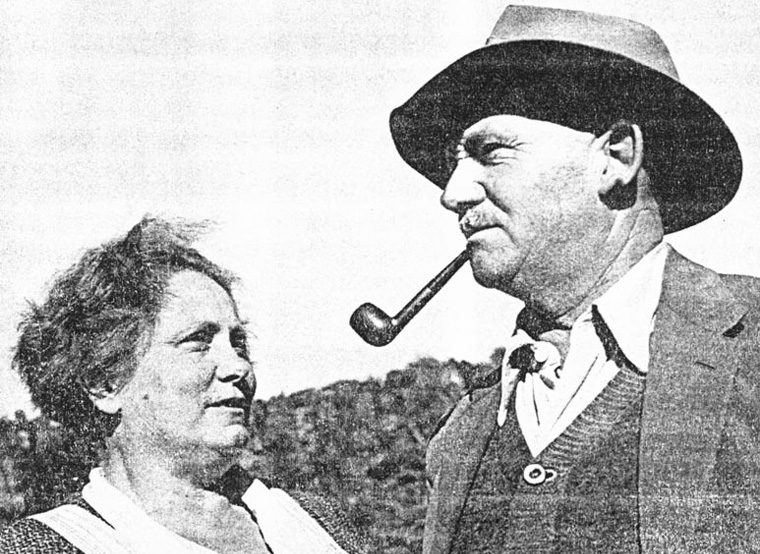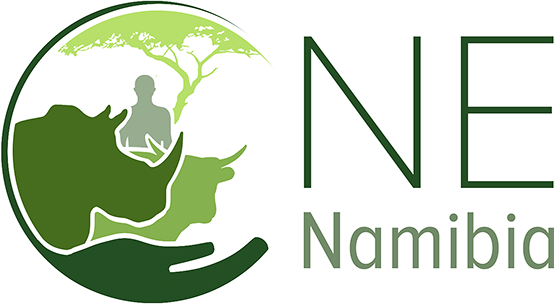From wilderness to nature reserve
Many traces prove that San (Bushmen) and Dama(ra) lived in the valley of Waterberg Wilderness for centuries – mostly because of the spring at the upper end, which naturally attracted plenty of game.
During the battle of Waterberg between the Herero and German colonial forces on 11 August 1904 Otjosongombe is the scene of war. The Herero pull back, manage to break through the German lines and attempt to flee through the Kalahari into the British protectorate of Bechuanaland (Botswana). Thousands perish because they are unable to find enough water – August is still part of the dry season.
In 1906 Missionary Olpp manages a transit camp at the entrance into the valley, where Herero returning from hideouts in the bush are taken in and looked after. The History Path leads guests of Waterberg Wilderness to historical sites and many information boards tell the history of the Herero.
After the war of 1904 numerous settlers from Germany arrive in the colony of German South West Africa, among them Friedrich von Flotow.

In August 1999 ownership of the farm returns to the family. A year later Waterberg Wilderness Lodge opens its doors. The former cattle farm is gradually transformed into a nature reserve and the hospitality business is carefully expanded.
Today, Waterberg Wilderness employs a staff of 50 for taking care of the accommodation facilities, activities and nature conservation.

All for ONE, ONE for Nature.
Waterberg Wilderness is part of the ONE Namibia company, which wants to preserve wildlife and natural habitats – with income from existing hospitality businesses, sustainable agriculture and the sale of shares. Everyone can help. Actively and directly. As a partner and supporter. ONE Namibia offers a solid corporate concept. Virtual visits via the Internet. Lodge vouchers. Free camping and Rhino Tracking tours. Find out more & participate now.




